Ever wondered why children’s respiratory rate is faster than adults, or why your elderly parent’s breathing pattern might seem different? Recent studies have taken a deep dive into the intricacies of our respiratory system, revealing information that could change the way you think about every breath you take.
So let’s dive into the science of respiration that’s leaving medical pros and curious minds breathless.
It’s Not Just Inhale and Exhale, Folks!
We kick off by debunking the myth that breathing is as simple as inhale-exhale-repeat. Oh no, it’s like an internal powerhouse, ensuring every cell in your body gets the fuel to function. The role of oxygen in cellular metabolism is crucial, and the disposal of carbon dioxide is equally important. In a nutshell, it’s a matter of life and breath!
Age Ain’t Nothing But a Number — Or Is It?
Here’s the showstopper: your age actually plays a pivotal role in your respiratory rate. The findings from Johns Hopkins indicate that children naturally have a higher respiratory rate — dropping from 44 breaths per minute at birth to 26 breaths per minute in their second year. For resting adults, the normal range is between 12 to 20 breaths per minute. Interestingly, in the elderly, a rate above 28 breaths per minute is considered unusual and may indicate underlying health issues. So yes, age does make a difference when it comes to how often you breathe! The table below presents standard breathing rates categorized by age:

The Regulatory Mechanism:
The research paper introduces us to the mastermind behind our breathing—the neurons in the medulla oblongata, specifically in an area called the pre-Bötzinger complex. These neurons set the basic respiratory rhythm and respond to various forms of feedback: chemical, mechanical, and even emotional. Think of them as the conductors of a harmonious respiratory orchestra.
Why You Should Pay Attention to Abnormal Rates:
An abnormal rate isn’t always a sign of an impending catastrophe. However, the paper does elucidate that changes in respiratory rate can be indicative of larger health issues. For instance, a high respiratory rate has been correlated with frequent hospital returns post-discharge. Clearly, it’s not something to be dismissed lightly.
Why You Should Care:
Forget ‘just another scientific paper.’ This one is a game-changer with real-world implications. Monitoring breathing isn’t just for yoga classes — it’s a vital sign in diagnosing a variety of conditions. Feeling stressed or anxious? Your breathing rate will show it. And let’s not forget, understanding these nuances could help medical professionals detect problems sooner rather than later.
Final Takeaway:
These studies aren’t just fascinating reads; they are a life-altering exploration into the rhythm of our existence — our breath. Healthcare buffs, physiology nerds, and even those who just love a good, deep breath, this one’s for you because it serves as a comprehensive guide to understanding how respiratory rates are pivotal to our health, especially as we age. So next time you catch your breath, remember that each inhale and exhale is a small yet significant insight into the state of your health.



